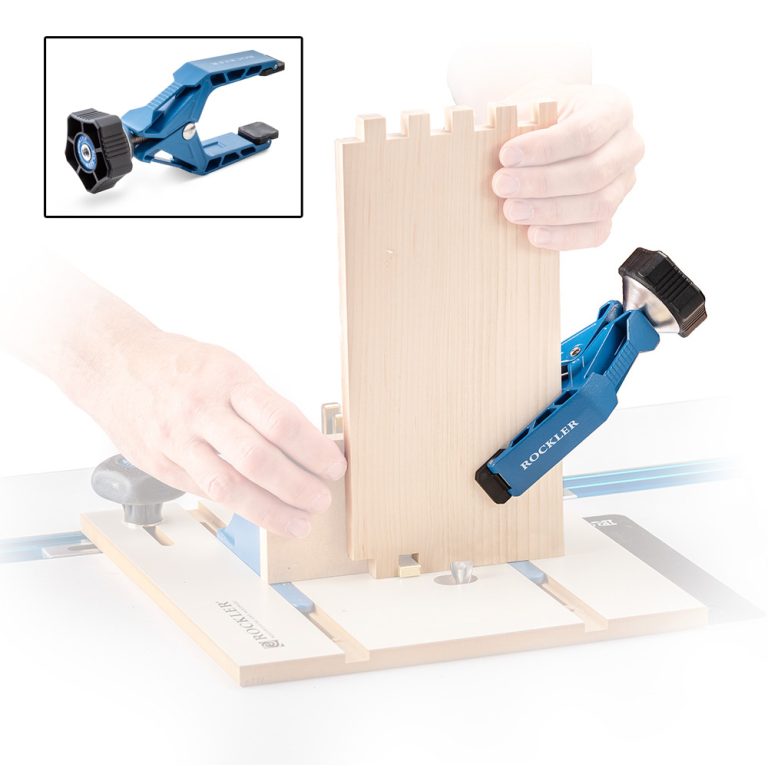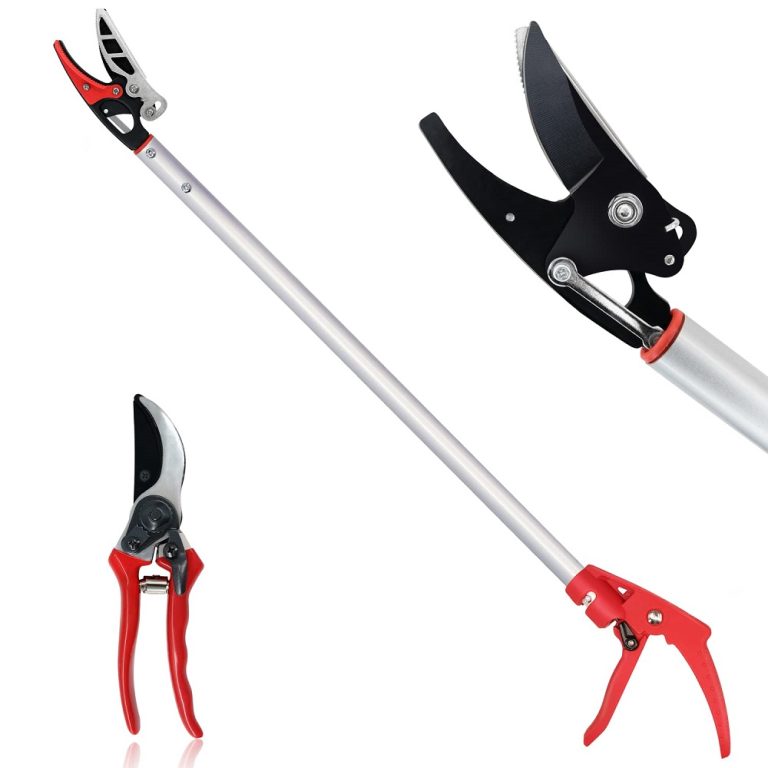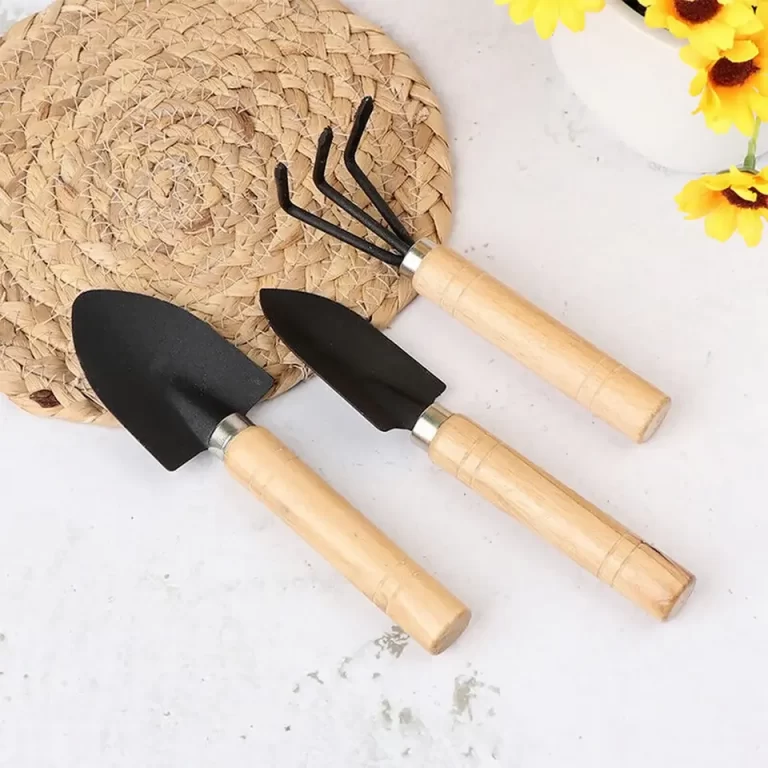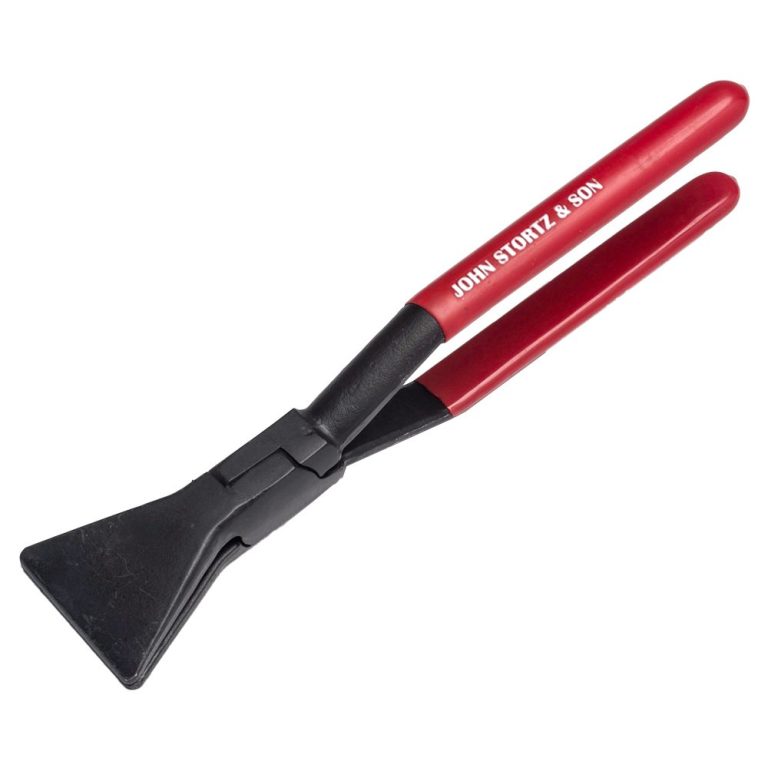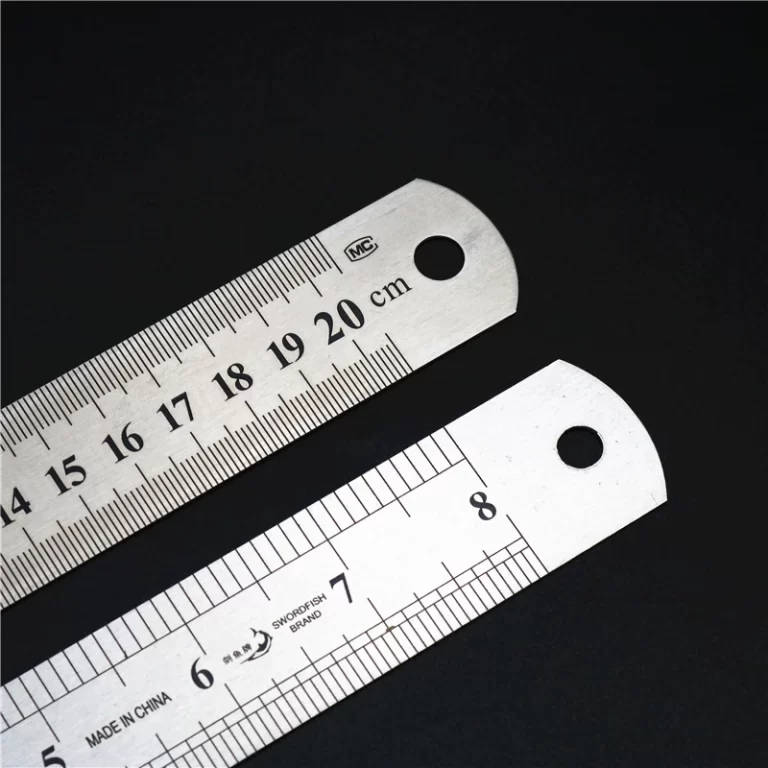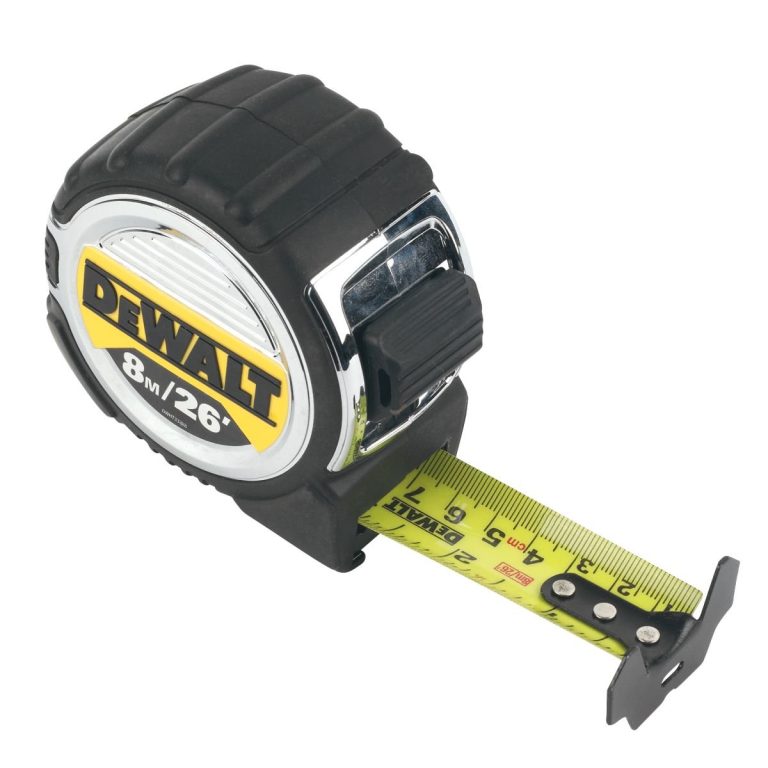When it comes to versatile and indispensable tools, the monkey wrench tool stands out as a favorite among both professional tradespeople and DIY enthusiasts. This classic tool, with its adjustable jaws and robust design, has been a staple in workshops and toolboxes for generations. Whether you’re tackling plumbing repairs, automotive work, or general household maintenance, understanding the nuances of the monkey wrench tool can significantly enhance your efficiency and effectiveness. In this comprehensive guide, we will explore the history, types, uses, and maintenance tips for the monkey wrench tool, ensuring you make the most out of this essential instrument.
 Types of Monkey Wrench: Choosing the Right One for Your Needs
Types of Monkey Wrench: Choosing the Right One for Your Needs
The monkey wrench tool comes in various types, each tailored to specific tasks and preferences. Understanding the differences between these types can help you select the best tool for your particular needs.
Classic Pipe Monkey Wrench
The classic pipe monkey wrench is one of the most recognizable types. It features long handles and adjustable jaws designed to grip round objects like pipes and tubing securely. This type of wrench is ideal for plumbing tasks, allowing users to apply significant torque without slipping.
Straight Pipe Wrench
Similar to the classic pipe monkey wrench, the straight pipe wrench has a more streamlined design. Its straight handle provides better leverage, making it easier to tighten or loosen stubborn fittings. The straight pipe wrench is a versatile tool suitable for both plumbing and automotive applications.
Adjustable Combination Wrench
The adjustable combination wrench combines the functionality of a monkey wrench with that of a traditional combination wrench. It typically has an open-end on one side and a box-end on the other, offering versatility for tackling a wider range of tasks. This type of wrench is perfect for those who need a multipurpose tool without carrying multiple wrenches.
Plumber’s Monkey Wrench
Specifically designed for plumbing work, the plumber’s monkey wrench features a narrower jaw that can fit into tight spaces. Its adjustable nature allows it to grip various pipe sizes securely, making it an essential tool for plumbers and DIY enthusiasts working on plumbing projects.
Heavy-Duty Monkey Wrench
For more demanding tasks, the heavy-duty monkey wrench tool provides extra strength and durability. These wrenches are built with reinforced materials and thicker handles to withstand greater force, making them suitable for industrial and construction applications where heavy torque is required.
Essential Uses of the Monkey Wrench: Versatility in Action
The monkey wrench tool is celebrated for its versatility, making it an essential addition to any toolkit. Here are some of the primary applications where this tool shines:
Plumbing and Pipe Fitting
One of the most common uses of the monkey wrench tool is in plumbing and pipe fitting. Its adjustable jaws can securely grip pipes of various sizes, allowing plumbers to tighten or loosen fittings with ease. Whether you’re installing new pipes, repairing leaks, or assembling plumbing fixtures, the monkey wrench tool provides the necessary leverage to accomplish these tasks efficiently.
Automotive Repairs
In the automotive industry, the monkey wrench tool is invaluable for performing a range of repairs and maintenance tasks. From changing oil filters to adjusting brake components, the wrench’s adaptability allows mechanics to handle different types of bolts and connections. Its robust design ensures that it can withstand the rigorous demands of automotive work without slipping or breaking.
General Maintenance and DIY Projects
For general maintenance and DIY projects around the home, the monkey wrench tool is a versatile asset. Whether you’re assembling furniture, fixing appliances, or performing minor repairs, the ability to adjust the wrench to fit various sizes makes it a go-to tool for countless tasks. Its ease of use and adaptability help streamline projects, saving time and effort.
Industrial and Construction Applications
In industrial and construction settings, the monkey wrench tool is often used for heavy-duty tasks that require significant torque. From assembling machinery to working on structural components, the wrench’s durability and strength make it suitable for demanding environments. Its ability to handle large bolts and fittings ensures that workers can perform their duties effectively and safely.
Marine and Outdoor Uses
The monkey wrench tool is also popular in marine and outdoor applications. Boat maintenance, camping gear adjustments, and outdoor equipment repairs often require a reliable and adjustable tool. The monkey wrench’s ability to grip irregular shapes and varying sizes makes it an excellent choice for these environments, where tools need to be versatile and resilient.
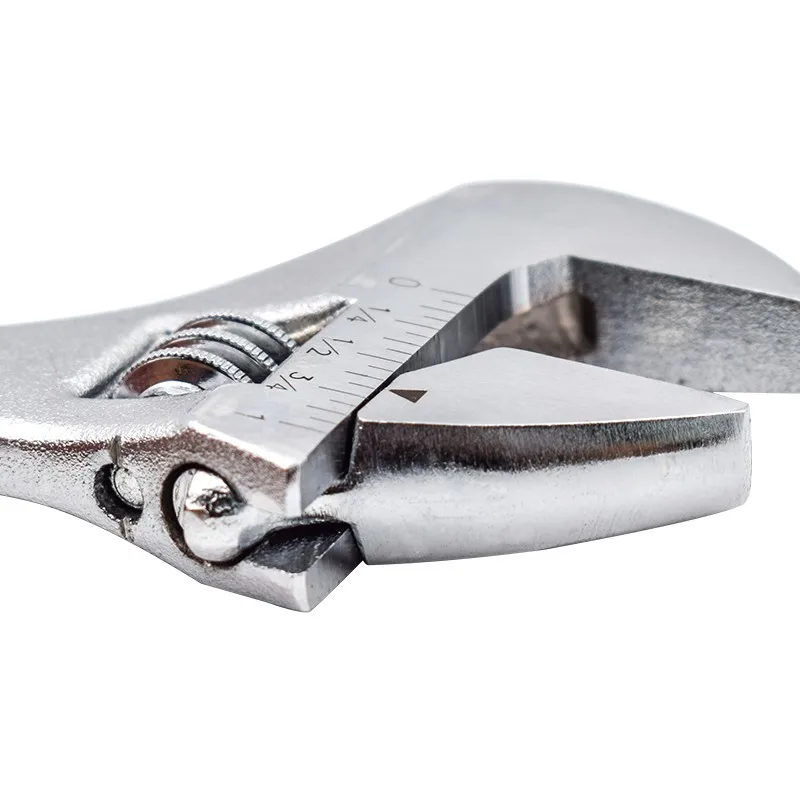 How to Use a Monkey Wrench Effectively: Tips and Techniques
How to Use a Monkey Wrench Effectively: Tips and Techniques
Using the monkey wrench tool correctly is essential for maximizing its effectiveness and ensuring safety. Here are some tips and techniques to help you get the most out of your wrench:
Selecting the Right Size
Before using a monkey wrench tool, determine the size of the bolt or fitting you need to work on. Although the wrench is adjustable, starting with the appropriate size can reduce the risk of slipping or damaging the hardware. Adjust the jaws securely to match the size, ensuring a firm grip before applying force.
Proper Grip and Positioning
To use the monkey wrench tool effectively, grip the handles firmly with both hands. Position the wrench so that the jaws are perpendicular to the bolt or fitting, allowing for maximum leverage. This positioning helps prevent slipping and provides better control when tightening or loosening.
Applying Controlled Force
When using the wrench, apply force gradually and steadily. Sudden or excessive force can cause the tool to slip or damage the bolt. Instead, use smooth, controlled movements to achieve the desired tightness or looseness. If you encounter resistance, consider applying penetrating oil to ease the process.
Avoiding Over-Tightening
Over-tightening can strip threads or damage fittings, rendering them ineffective. Use the monkey wrench tool to achieve a snug fit without applying unnecessary force. If you’re unsure, use a torque wrench for precise measurements, especially in critical applications like automotive repairs.
Maintaining Tool Alignment
Ensure that the wrench remains aligned with the bolt or fitting throughout the entire process. Misalignment can cause the tool to slip, leading to potential injury or damage. Periodically check the alignment and make adjustments as needed to maintain a secure grip.
Leveraging Mechanisms
Take advantage of the wrench’s handle length to maximize leverage. By extending the handles, you can apply greater force with less effort. However, be cautious not to overextend, as this can lead to loss of control or strain on your hands and wrists.
Common Problems and Solutions with Monkey Wrench
Even with proper care, you might encounter some issues with your monkey wrench tool. Understanding common problems and their solutions can help you address them quickly and efficiently.
Slipping Jaws
If the wrench’s jaws slip while in use, it can be frustrating and dangerous. This issue often arises from improperly adjusted jaws or worn-out grip surfaces. To fix this, ensure that the jaws are tightly secured around the bolt or fitting. If slipping persists, consider filing the jaws slightly to improve their grip or replacing the wrench if the grip surfaces are excessively worn.
Stiff Adjustment Mechanism
A stiff or jammed adjustment mechanism can make it difficult to set the wrench to the desired size. To resolve this, apply a penetrating oil to the adjustable parts and allow it to sit for a few minutes. Gently move the mechanism back and forth to distribute the lubricant evenly. If the stiffness continues, disassemble the wrench (if possible) and clean the internal components before reassembling.
Rust and Corrosion
Rust can severely impact the functionality of a monkey wrench tool. To prevent and address rust, keep the tool dry and clean at all times. If rust appears, use a wire brush or sandpaper to remove it, then apply a protective oil coating to prevent further corrosion. For severe rust, it might be necessary to replace the affected parts or the entire wrench.
Loose Handle
A loose handle can reduce the wrench’s effectiveness and lead to inaccurate adjustments. Tighten any loose screws or bolts that secure the handle to the wrench body. If the handle remains unstable despite tightening, inspect it for cracks or damage and replace it if necessary.
Misaligned Jaws
Misaligned jaws can make gripping tasks difficult and ineffective. To realign the jaws, adjust the wrench carefully, ensuring that both sides move uniformly. If the alignment remains off, disassemble the tool (if possible) and clean any debris that might be causing obstruction. In cases of severe misalignment, professional repair or replacement may be required.
 Innovative Features in Modern Monkey Wrench
Innovative Features in Modern Monkey Wrench
Today’s monkey wrench tools incorporate several innovative features that enhance their functionality and user experience. Here are some of the latest advancements in monkey wrench design:
Ratcheting Mechanisms
Some modern monkey wrenches include ratcheting mechanisms that allow for quicker adjustments without the need to remove and reposition the wrench. This feature saves time and increases efficiency, especially when working on multiple fittings or in tight spaces.
Telescoping Handles
Telescoping handles offer adjustable lengths, providing greater flexibility and leverage. This feature is particularly useful for reaching into confined areas or applying additional torque when necessary. Telescoping handles also make the wrench more compact and easier to store when not in use.
Integrated Measuring Scales
Certain monkey wrenches come with integrated measuring scales, allowing users to measure the size of bolts and fittings directly. This eliminates the need for separate measuring tools, streamlining the workflow and enhancing precision.
Quick-Release Jaws
Quick-release jaws enable fast and effortless adjustment of the wrench’s size. This feature is beneficial for tasks that require frequent size changes, as it reduces the time and effort needed to readjust the tool.
Insulated Handles
For applications involving electrical components, some monkey wrenches feature insulated handles. These provide an added layer of safety by protecting users from electrical shocks, making the wrench suitable for electricians and other professionals working with live circuits.
Comparing Monkey Wrench with Other Wrenches: Key Differences
Understanding how the monkey wrench tool compares to other types of wrenches can help you determine when to use each tool for maximum effectiveness.
Monkey Wrench vs. Adjustable Wrench
While both tools are adjustable, the monkey wrench typically has a more robust and heavy-duty design, making it suitable for larger bolts and industrial applications. In contrast, adjustable wrenches, such as the crescent wrench, are generally lighter and more flexible, suitable for smaller hardware and precision tasks.
Monkey Wrench vs. Combination Wrench
A combination wrench features both open and closed (box) ends, providing versatility for different applications. The monkey wrench, however, focuses solely on adjustable jaws, offering a wider range of sizes but without the fixed ends. For tasks requiring both fixed and adjustable wrench capabilities, a combination wrench might be preferable, whereas the monkey wrench excels in heavy-duty adjustable tasks.
Monkey Wrench vs. Pipe Wrench
Pipe wrenches are specifically designed for gripping and turning pipes, with serrated jaws that provide a tighter grip on rounded surfaces. The monkey wrench can handle larger and more varied objects but may not offer the same level of grip on pipes as a dedicated pipe wrench. For plumbing tasks, a pipe wrench might be more effective, while the monkey wrench provides broader versatility.
Monkey Wrench vs. Torque Wrench
A torque wrench is used to apply a specific amount of torque to a fastener, ensuring precise tightening. It is essential for applications where exact torque is critical, such as automotive and machinery assembly. The monkey wrench, on the other hand, is designed for general gripping and turning tasks without the precision of torque measurement. For tasks requiring specific torque settings, a torque wrench is necessary, whereas the monkey wrench is ideal for more flexible applications.
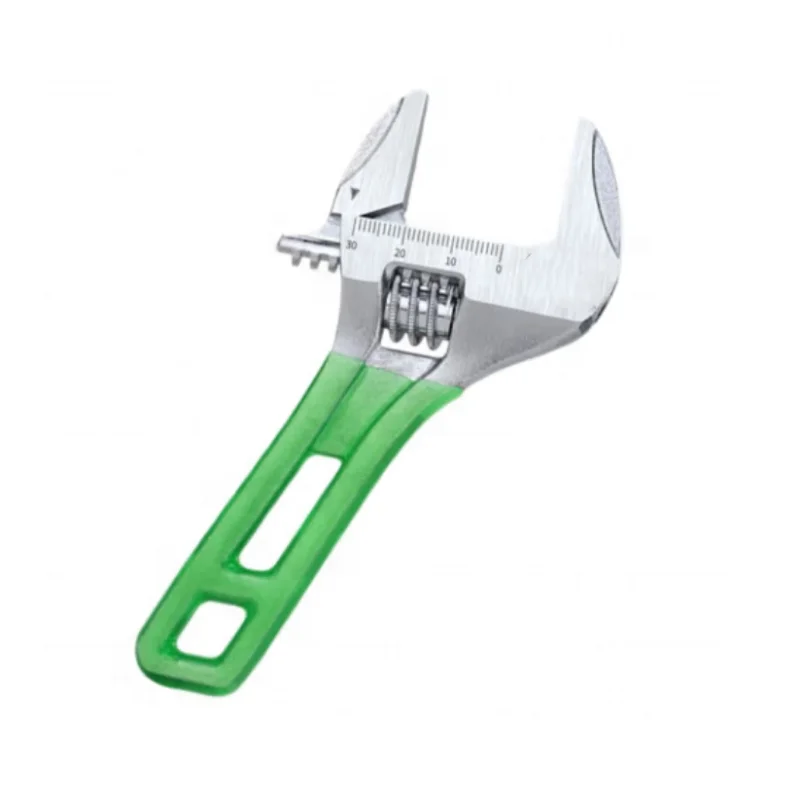 Integrating the Monkey Wrench Tool into Your Toolkit
Integrating the Monkey Wrench Tool into Your Toolkit
A well-equipped toolkit benefits from the inclusion of a versatile tool like the monkey wrench tool. Here’s how you can integrate it effectively:
Prioritizing Versatility
The monkey wrench’s adjustable nature makes it a versatile addition, capable of handling a wide range of tasks from plumbing to automotive repairs. By prioritizing its use in situations where flexibility is required, you can minimize the need for multiple specialized tools, saving space and simplifying your toolkit.
Complementing with Specialized Tools
While the monkey wrench is highly versatile, it works best when complemented with specialized tools. For example, pairing it with a pipe wrench for plumbing tasks or a screwdriver set for electrical work ensures that you have the right tool for every job. This combination enhances overall efficiency and effectiveness in various projects.
Organizing Your Tools
Efficient organization of your toolkit ensures that the monkey wrench and other tools are easily accessible when needed. Use toolboxes with designated compartments or magnetic strips to keep your monkey wrench tool in place. Proper organization not only protects your tools but also makes it quicker to find and use them, enhancing productivity.
Investing in Quality
Investing in a high-quality monkey wrench tool can pay dividends in the long run. Quality tools offer better performance, durability, and safety, reducing the likelihood of malfunctions and the need for frequent replacements. Choose a wrench with a reputable brand name and positive reviews to ensure you’re getting a reliable tool that will serve you well for years.
Real-World Applications of Monkey Wrench: Success Stories
The monkey wrench tool has proven its worth in various real-world applications, showcasing its versatility and reliability. Here are some success stories that highlight its effectiveness:
Plumbing Renovation
During a major plumbing renovation, a professional plumber relied on a monkey wrench tool to replace old, corroded pipes with new ones. The adjustable jaws allowed the plumber to grip and turn large pipe fittings effortlessly, speeding up the replacement process and ensuring secure connections. Without the monkey wrench tool, the task would have required multiple specialized wrenches, increasing time and effort.
Automotive Repair
An auto mechanic used a monkey wrench tool to remove stubborn bolts from an engine bay. The tool’s sturdy design and adjustable nature enabled the mechanic to apply significant torque without stripping the bolts. This not only saved time but also prevented potential damage to the engine components, ensuring a smooth repair process and a satisfied customer.
Home DIY Projects
A homeowner undertaking a DIY project to build custom shelving found the monkey wrench tool indispensable. The adjustable tool allowed for precise adjustments when assembling metal brackets and securing heavy-duty screws. Its versatility made the project more manageable, resulting in professionally finished shelves without the need for additional tools.
Construction Site Efficiency
On a busy construction site, workers used monkey wrench tools for various tasks, including assembling steel frameworks and tightening large bolts. The tools’ robust construction and ease of use improved overall efficiency, allowing workers to complete tasks faster and with greater accuracy. This contributed to timely project completion and enhanced workplace productivity.
Outdoor Equipment Maintenance
Outdoor enthusiasts used monkey wrench tools to assemble and maintain camping gear, such as tents and portable grills. The tool’s ability to adjust to different sizes made it perfect for handling various hardware components, ensuring that equipment was securely assembled and maintained. This reliability enhanced the overall outdoor experience, providing peace of mind during adventures.
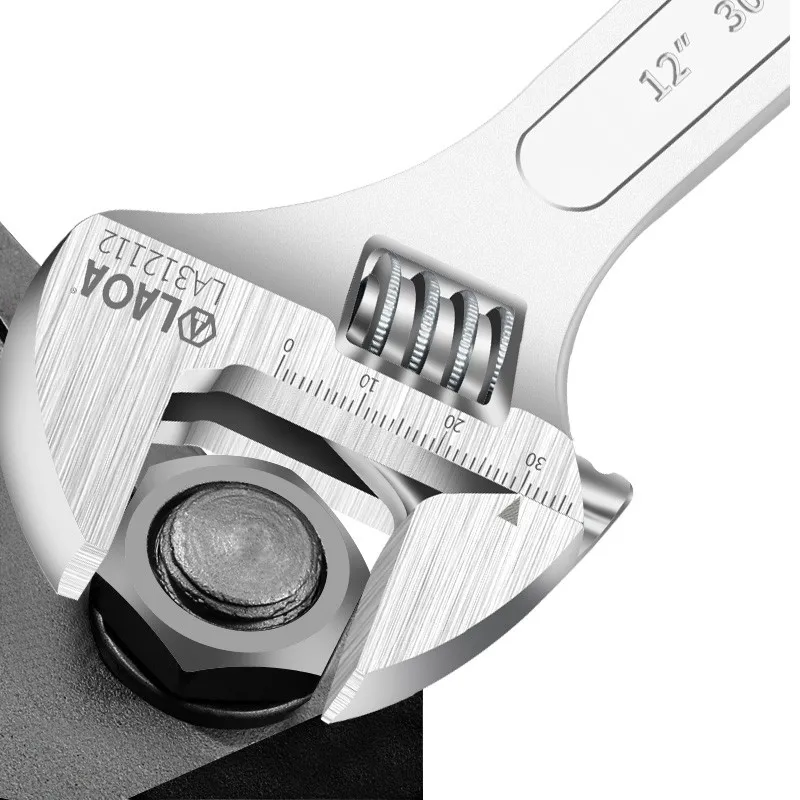 Conclusion
Conclusion
In conclusion, the monkey wrench tool is a versatile and essential instrument that deserves a prominent place in any toolbox. Its adjustable nature, robust design, and wide range of applications make it invaluable for professionals and DIY enthusiasts alike. By understanding its history, types, uses, and maintenance, you can fully leverage the capabilities of the monkey wrench tool to enhance your projects and tasks.
Whether you’re a plumber, mechanic, construction worker, or someone who enjoys tackling home improvement projects, the monkey wrench tool offers the flexibility and reliability you need to get the job done efficiently. Investing in a high-quality wrench, using it correctly, and maintaining it properly will ensure that this tool remains a trusted companion in your endeavors for years to come.
